What every woman needs to know about hysteroscopy and hysteroresectoscopy
Diagnostic (office) hysteroscopy - what is it
Hysteroscopy (from "hystero" - uterus and "scopio" - examination) - a visual examination of the uterus using a special device equipped with fiber. This method is used both for diagnostic purposes - it is diagnostic (office) hysteroscopy, and medical. In the first case, the doctor only examines the condition of the mucosa, in the second - removes polyps and other pathological tumors.
Indications for the study:
- suspected endometriosis;
- suspicion of the presence of tumors, including malignant;
- irregular and abundant menstruation;
- infertility and miscarriage;
- repeated vaginal bleeding;
- control of hormonal treatment;
- suspicion of a foreign body.
Preparation for the study
On our website Dobrobut.com you will be able to get acquainted with the price of hysteroscopy and make an appointment for a consultation with a specialist. After a thorough examination, the doctor will prescribe a treatment regimen.
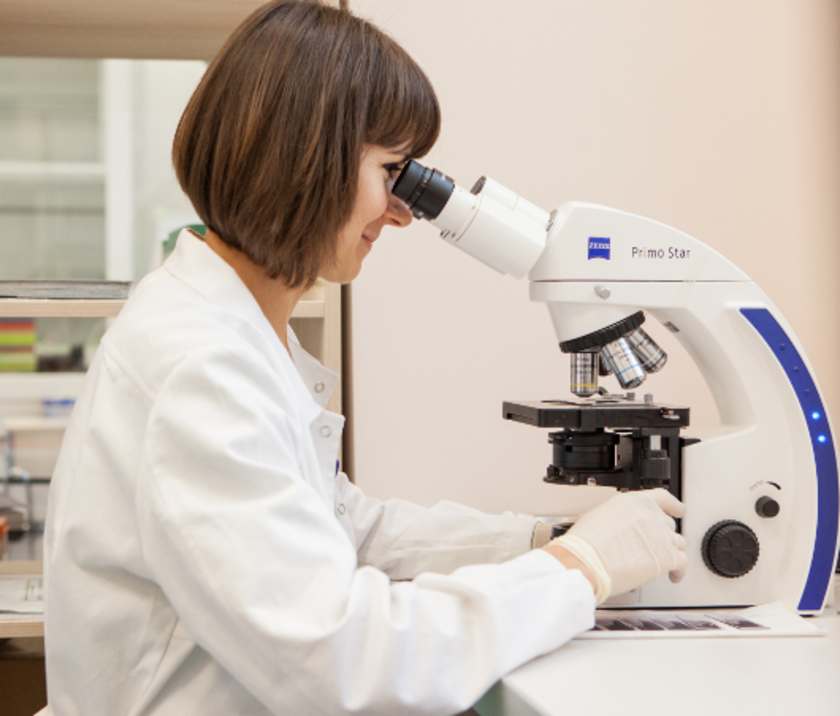
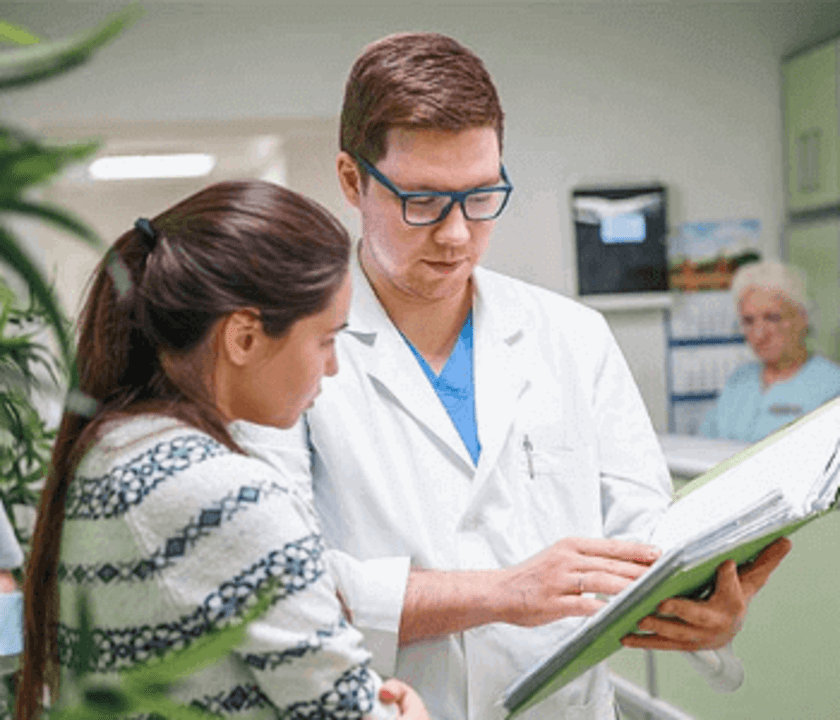
Diagnostic (office) hysteroscopy
The examination is performed under local anesthesia using an optical device with the smallest diameter (5 mm or 3 mm). At office hysteroscopy there is no need to expand the cervical canal and enter mirrors.
The pressure of the expansion medium is also much lower. The advantages of the method include painlessness, lack of prior training, hospitalization and general anesthesia. The cost of such a procedure compared to the classic operation is many times lower.
Indications - infertility, suspicion of inflammatory processes in the uterus, preparation for IVF and miscarriage.
Contraindications to diagnostic hysteroscopy - inflammatory process in the genitals and acute infectious diseases (influenza, sore throat, ARI).
Before planning the examination, it is important to consult with your doctor on which day of the cycle to do a hysteroscopy.
Complications after office hysteroscopy are quite rare.
Hysteroresectoscopy
The operation is performed when it is necessary not just to examine the uterine cavity and confirm or deny the diagnosis.
Hysteroresectoscopy is prescribed when there are signs from the beginning that indicate the need for surgical treatment.
Indications for:
- bleeding during menopause;
- adenomyosis and uterine malformations;
- the need to remove the remnants of the coil, placenta and fertilized egg;
- suspicion of malignant neoplasms;
- uterine hyperplasia and intermenstrual bleeding;
- polyps (hysteroresection of the polyp);
- monitoring the results of hormone therapy.
Contraindications include inflammation and infections of the genital area, severe condition of the patient, coagulation disorders, fibroids over 6 cm, severe heart and kidney disease.
Important: when prescribing routine hysteroresection, including surgery to remove the polyp, the doctor must take into account the day of the menstrual cycle.
Postoperative period
Isolation and pain after hysteroscopy are insignificant. If after laparoscopy the bleeding lasts more than seven days, then the discharge stops in two or three days.
Note that menstruation resumes within a month after hysteroscopy.
A woman needs to pay attention to their nature and color of discharge. In case of significant blood loss, consult a doctor immediately.
In the postoperative period, the patient may experience slight discomfort in the uterus. At this time, it is important to follow the individual doctor's appointments and general recommendations, namely: do not lift heavy objects and douche, unacceptable hot baths and hypothermia.
With regard to pregnancy after hysteroscopy, this issue in each case is decided individually, taking into account the complexity of surgery, the patient's condition, the features of the postoperative period, etc.
Our services
Our doctors
Choose the nearest clinic to you
ISO certificates
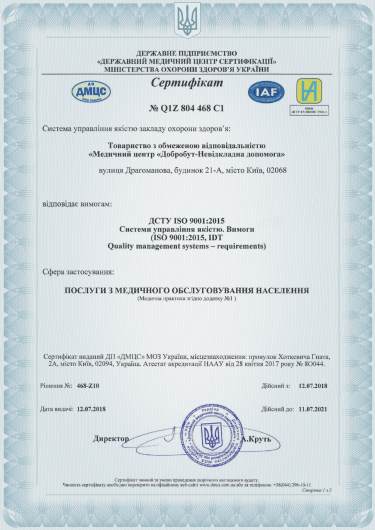
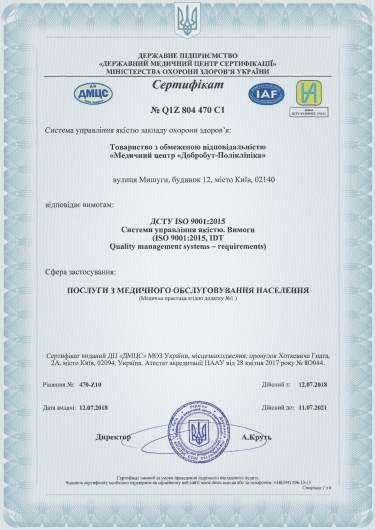
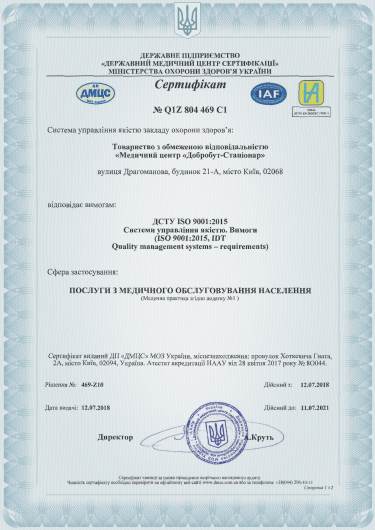
accreditation certificates
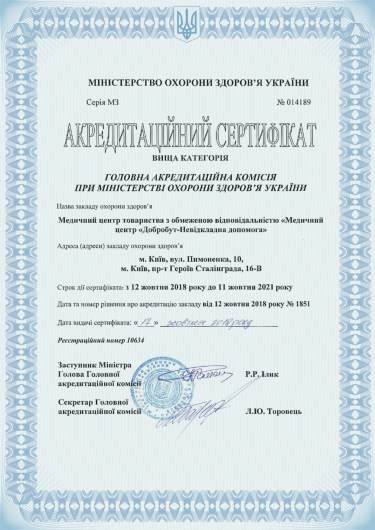
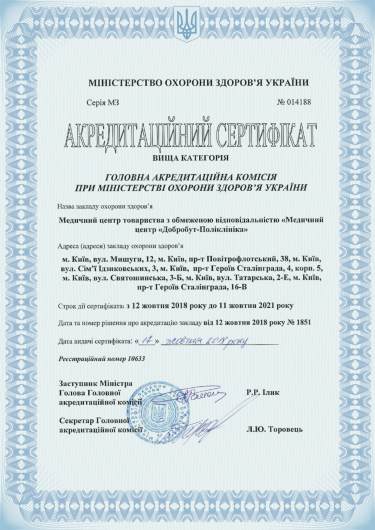
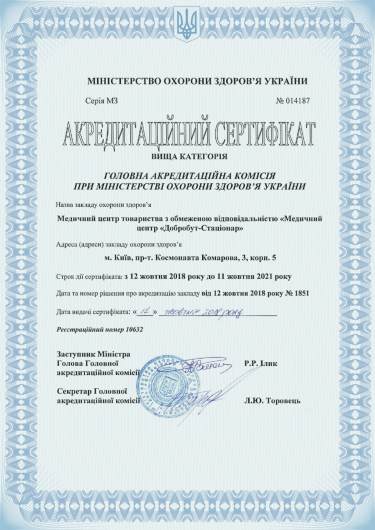
Medical practice licenses
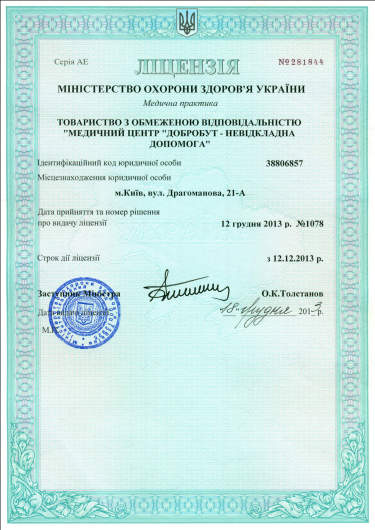
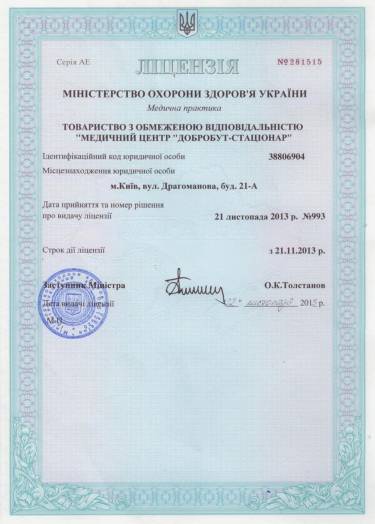
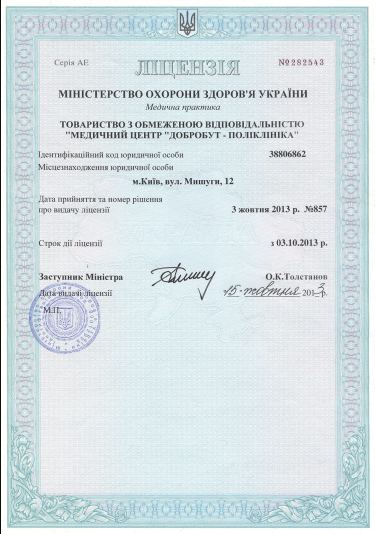





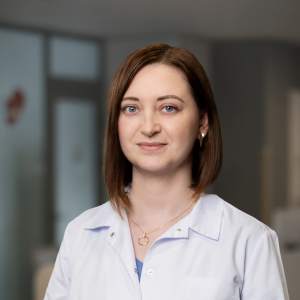





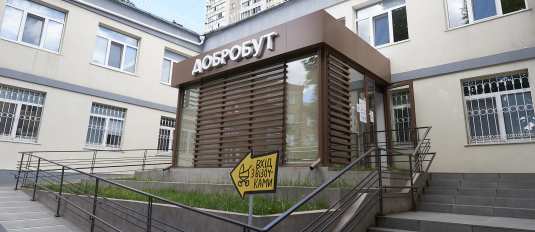



%402x.png)
%402x.png)
